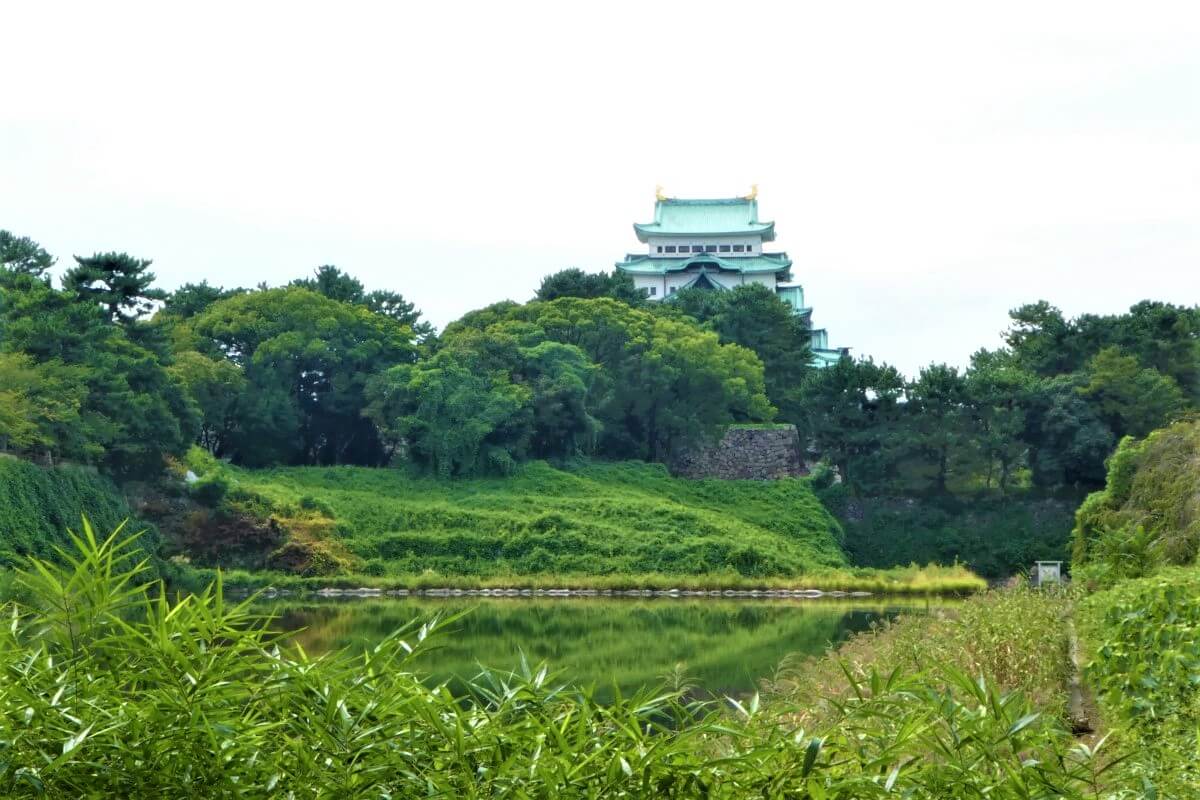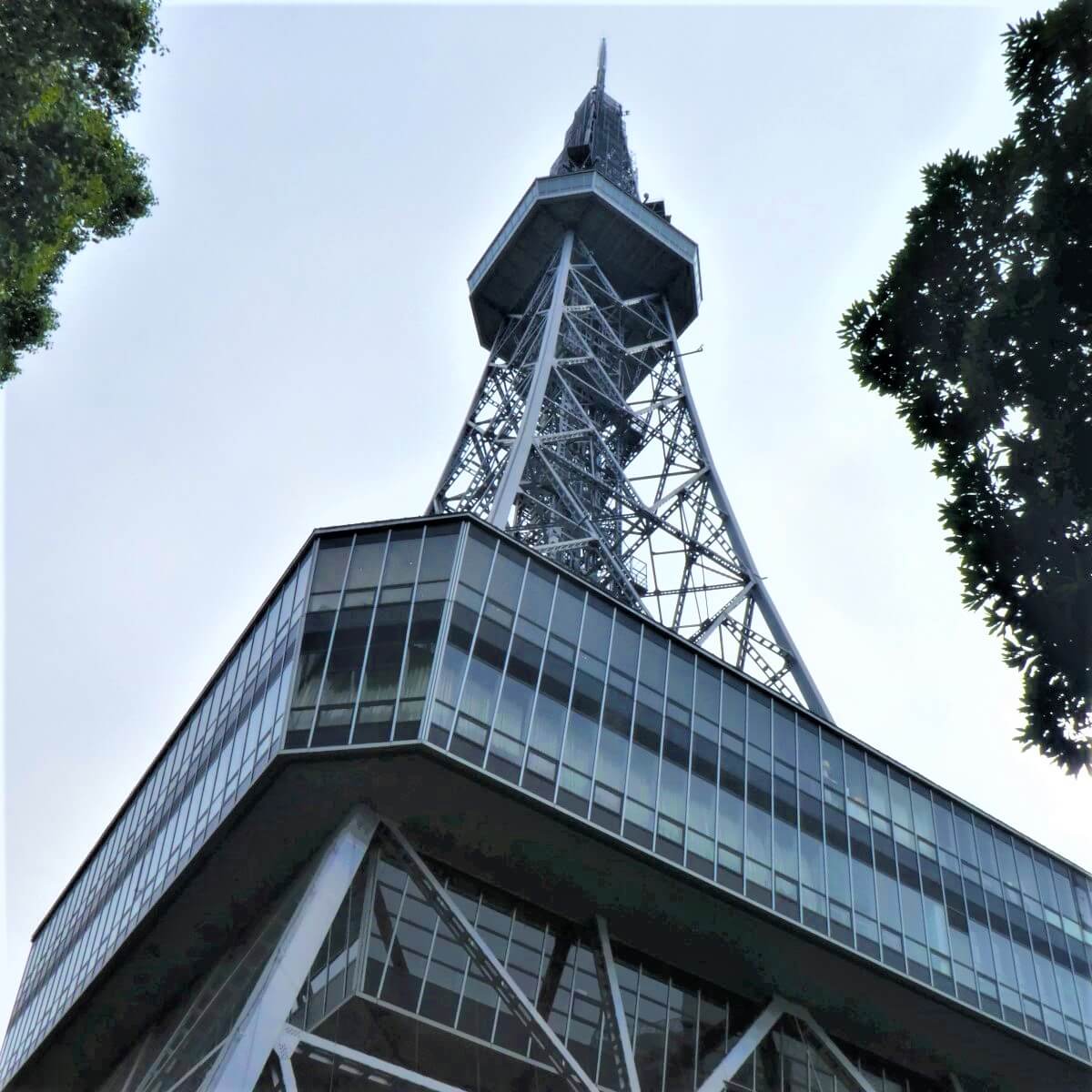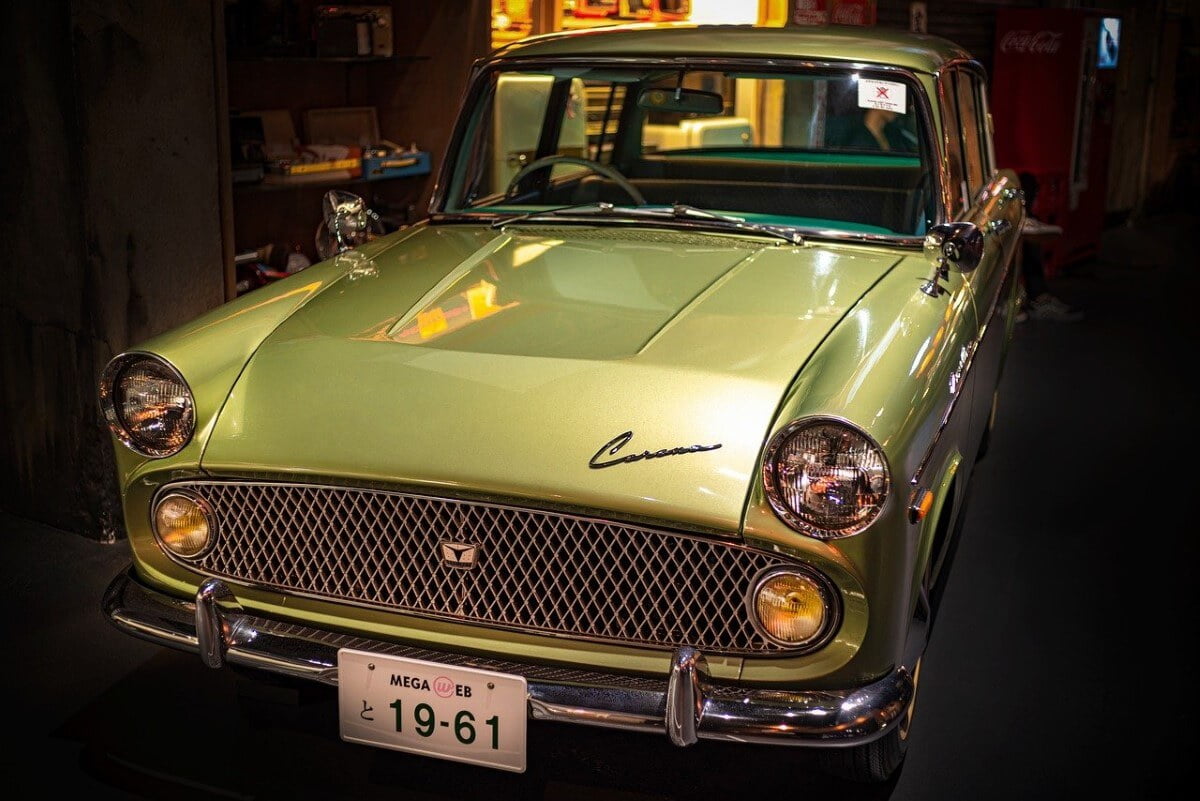Nagoya, along with Tokyo and Osaka, is among Japan’s financial cities. A number of international companies, including Mitsubishi and Toyota have their headquarters here and you will find the country’s largest port. Tourists therefore often skip the city. And that is a pity. After all, you will find some interesting museums here (Toyota Museum!), a castle, some impressive skyscrapers, temples (Osu Kannon) and much more.
Are you planning to visit Nagoya? In this travel guide, I’ll take you to the best sights, discover the best accommodation and find out more about the special culture and history of this city in Central Japan. A history-rich visit to Nagoya starts here…
This Travel Guide to Nagoya contains affiliate links. This means that if you make a booking through one of the links on this website, Travel4history gets a small compensation for it. This does not cost you anything extra by the way!
In this Travel Guide to Nagoya
- Practical Information
- Best travel time?
- How many days?
- History – What makes historically interesting?
Plan your trip to Nagoya & Japan
- Accommodation: Hotel or Hostel?
- Activities: Tickets & Tours
- Transport by Air? Flight Tickets
- Own Transport?: Rent a Car
- Train tickets: Japan Railway Pass – 7, 14 or 21 days?

Practical Information for a Visit to Nagoya
Best travel time?
May to October
The best time to visit Nagoya is from May to October. During this time, the temperature is above 20 degrees. There is also relatively little rain compared to other places in Japan. From December to February, the temperature will be between 5 and 10 degrees.
How many days?
1 day, though…
Nagoya is among the 5 largest cities in Japan. It has a number of special attractions, including some interesting museums. Do you only wish to see the highlights? If so, 1 day is more than enough. Alternatively, you can visit the city as a day trip from Kyoto.
History of Nagoya – A journey back in time
Already at the time of the Tokugawa dynasty (1603-1868), Nagoya was one of the most prosperous cities in Japan. The famous castle was built around 1612 to protect the city from invaders from Osaka.
But the history of Nagoya also has a dark period. Over the centuries, the city was ravaged several times by floods. A Dutchman, Johannis de Rijke (1842-1913) had to be involved in order to develop a good water drainage system (from 1887 to 1912) around the city. For his contribution to the city, it was even decided to build a statue of Johannis de Rijke in Nagoya. This statue can still be visited today.
In 1889 Nagoya received the official title of city. At that time it had only 150,000 inhabitants. In 1891 it was badly hit by an earthquake and many houses were destroyed.
The 20th century is a period of explosive growth, interspersed with the well-known dark period between 1940 and 1950. Nagoya was also severely damaged by the many bombardments from the Second World War. But soon after, the city grew considerably and is nowadays known as the most important city of the car industry and the textile industry. About 9 million people live in and around Nagoya.

Sightseeing – 7 historical sites in Nagoya
Not many tourists visit Nagoya. It is very similar to the cities of Osaka and Tokyo. Nevertheless, Nagoya does have some nice sights. Below are a few fun attractions.

1. Castle of Nagoya
This castle was commissioned in 1612 by the then ruler of Japan, Ieyasu Tokugawa, to counter attacks from Osaka. Unfortunately, much of the castle was destroyed during the bombing raids during World War II. As a result, it has lost much of its historical value.
Also lost were the city coat of arms of Nagoya, the golden dolphin that stood on the roof of the castle. Despite this, a few watchtowers still stand from the time of the Samurai. For more information go to the Nagoya Castle website.

2. The television tower of Nagoya
The Nagoya TV Tower was built in 1954. At the time, it was among one of the largest towers in Japan. The Nagoya TV Tower is 180 meters high and looks like a scaled-down version of the Eiffel Tower. The tower is located in the Hisayi Odori Park.
Tip: For a different view of the city, visit the Central Towers. These two towers are located next to Nagoya Station and the 51st floor gives you a view of the city.

3. Toyota Automobile Museum
Toyota, along with Volkswagen, belongs to the largest car brand in the world. In and around Nagoya, this car brand has factories and headquarters. Nice to spend a few hours in the Toyota Automobile Museum. This is located in the town of Nagakute. Here you can admire many historic cars. This museum is open daily from 9:30 am to 5 pm.

4. Nagoya City Science Museum
This special museum is located in the heart of Nagoya. It can be recognized by the large round sphere above the entrance. The museum has one of the largest planetariums in the world. For scientific experiments, this museum is the place to be. The Nagoya City Science Museum is open daily (except Mondays) from 9 am to 5 pm. Admission to the museum and planetarium costs 800 yen.

5. Osu Kannon Tempel
The Osu Kannon Temple is the most popular temple in the city. This shrine has been around since the 13th century but was not moved to its current location until the 17th century. Unfortunately, the temple was destroyed several times by floods, so the current temple dates back to the 20th century. The main god worshipped is the Kannon, goddess of mercy.
Reading tip: Would you like to know more about the Goddess of Grace, Kannon? Then read the article: Visit Sensoji Temple Tokyo? 5 historical facts you need to know

6. Scmaglev and Railway Park
Japan is the land of fast trains, but you probably figured that out. The Scmaglev is the fastest train (magnet) in the world, and on April 21, 2015, the world speed record of 603 kilometers per hour was broken at a test site. Around 2027, this train should actually start running between Tokyo and Nagoya. Want to know more about this superfast train? Then go to the Scmaglev and Railway Park south of Nagoya.

7. The Nakasendo Trail: From Magome to Tsumago
The hike from Magome to Tsumago is located in the Kiso Valley in Nagano Province. Nevertheless, these places are faster to reach from Nagoya (1.5 hours) than from Nagano (2.5 hours). A wonderful hike to escape the hustle and bustle of the city and feel like you are living in traditional Japan again.
Would you like to read more about this hike? Then read the article Nakasendo Trail, Kiso Valley | The Historic Way of the Samurai.

Accommodation – Where to stay in Nagoya ?
Nagoya, along with Tokyo and Osaka, is one of the most important financial cities in the country. Therefore, you will find many different expensive hotels here, but fortunately also a quantity of cheaper hostels.
Looking for accommodation in Nagoya? Check here for the possibilities
I stayed a total of 2 nights in Nagoya. Depending on what you want to do in this city, spending one full day in Nagoya is more than enough in my opinion. Close to the train station, I stayed at Hostel Wasabi Nagoya Ekimae. The interesting thing about this hostel is that you have your own capsule/sleeping bed with your own computer! You don’t see that everywhere either!
The best neighborhood of Nagoya is Sakae. This district is located 2 kilometers east of Nagoya Station and has many shopping centers and restaurants. Nearby is the TV tower and the city’s ultramodern bus station.

Transportation – How to get there?
Nagoya is easily reached by the shinkansen from Tokyo. In about 2 hours you are there and from Kyoto, it takes about 30 minutes by high-speed train.
Nagoya has an underground subway that ensures that you can easily reach everything. Since 2004 it is even possible to visit the city’s harbor by subway. In total there are 6 subway lines.
Next destination? Continue your journey through Japan to Tokyo, Mount Fuji, Matsumoto, or Nagano.
Do you have more tips, comments, or ideas about Nagoya in Japan? Feel free to leave a comment below!